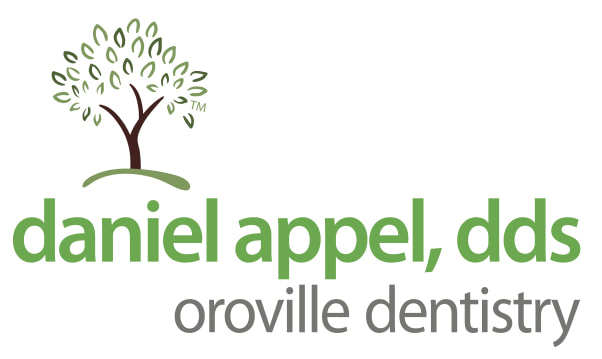How do you know if you have gingivitis?
Gingivitis is an infection of the gum tissue where bacteria and bacterial debris cause a very severe inflammation response. The gum tissue is very, very unhappy with the debris that's collected around it. Signs that you have gingivitis include swollen red gums around the tooth structure tissue that's very uncomfortable to being touched, gum tissue that bleeds easily, and bad breath. You can usually tell if you have this problem if you look inside your mouth and see normal pink gum tissue further away and then right around the gum line, you'll see really severe red, unhappy tissue. That's a very clear sign that you've got some gingivitis.
What are some common causes of gingivitis?
There are three main causes. The first is a high concentration of harmful bacteria around the gum line of the tooth. The second would be the buildup of plaque, which is a glue-like substance that bacteria make to help them stick to your teeth. And the more that builds up, the minerals from your saliva over time will harden that if we haven't brushed it away, and it will turn into a harder material called calculus that you can't just brush away with your toothbrush. So very important to minimize these debris. The third thing is rotting food. When we eat, food debris gets stuck between our teeth. When we go through and brush, the toothbrush bristles do not get in between the teeth and remove that. And if that sits there for long enough, it turns into rotting food. So unless you want to be that person that's rolling around with rotting food in their smile, you have got to floss at least once to twice a day.
What problems can gingivitis cause?
Gum disease is a progressive process that starts with gingivitis, shifts to periodontitis, and then into periodontal, full-blown periodontal disease. With gingivitis, we have the red, inflamed, really unhappy, irritated tissues. Eventually, if that's not solved, that progresses to where the inflammation and infection shift further down the tooth into deeper tissues, into the ligaments, and into the bone that helps support your tooth. If that is not treated and solved, eventually we shift into periodontal disease, which is where we are starting to lose the ligaments and bone that support your tooth progressively over time. Now, much like a fence post stuck in the ground, if we lose all the dirt that's supporting it, that fence post starts to loosen up. It's the same with your tooth. Over time, as we lose ligaments and we lose bone that are helping hold that tooth in place, it will start to loosen up. If it gets loose enough, unfortunately, it's lost. So gingivitis, periodontitis, periodontal disease, these are all very important to the long-term picture of you maintaining a healthy smile.
What treatment options are available for gingivitis?
There are two phases to this that are hopefully happening simultaneously. First phase is at home, and this is where we have you flossing at least once to twice a day and preferably before you brush your teeth. That debris that we spoke of earlier that collects between the teeth, it acts like a plug. And the most important part of your toothpaste is the fluoride. It's a hardening agent for your teeth. If there's a plug of debris between the teeth, the fluoride can't get in there, and you're not getting the benefit of the fluoride for the sides of your teeth. So really important that we floss first, remove all that debris plug, and then as we're brushing our teeth, that fluoride can flow between the teeth and do what it's supposed to do for your teeth. The second phase that should be happening would be going in and getting a professional cleaning with the hygienist. While you can do a good job at home of minimizing this process, all of us miss spots in our mouth. We all intend the best, but we all miss locations. And so the hygienist is going to help us clean those areas we've missed, coach us on ways to reach those spots that we are unknowingly missing, and then also fine-tune our frequency of cleaning to match what's happening inside the individual's mouth to make sure we're keeping your mouth as healthy as possible.
How long does it take to treat gingivitis?
The good news is that if you are doing good home care and if you are regularly seeing your hygienist, even if you've had a flare-up of some gingivitis, usually once everything's nicely cleaned, we see really good resolution within about seven to ten days. Gingivitis is on the early side of the gum disease spectrum, so if we can catch it there, the tissues usually heal very well and very quickly.
How can you schedule an appointment to have your teeth cleaned and checked?
If you are in the Oroville area, I and my team would love to serve you, so give us a call at Daniel LaPelle, DDS, 530-533-7545, and we would love to serve you. If you are not in the Oroville area, but you are looking for a new dentist, I would highly recommend going to Google reviews for your area. Now you're looking at a combination of two things. One, you'd like to see a number of reviews, so it's not just a small number of opinions, but more importantly, you want to look at what people have actually written in those reviews. Specifically, we're looking for clues to the culture of that practice. Are they kind? Do they communicate well? Do they provide a good experience while people are going through treatment? These are all very good clues to the culture of that office, and this is a very core part of the care you will receive. So again, if you have any questions, feel free to call 530-533-7545.
